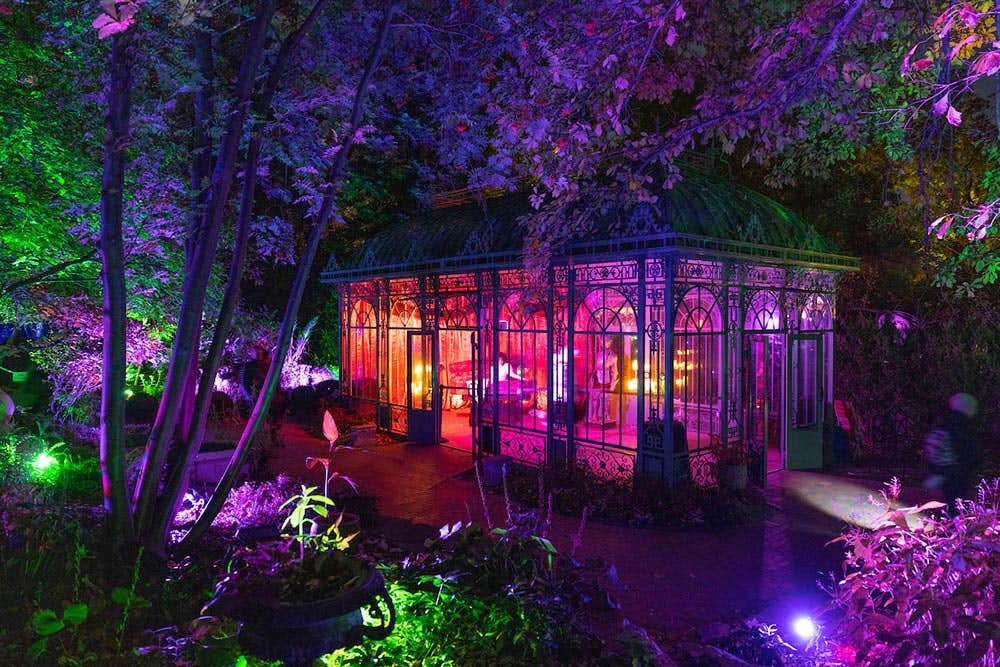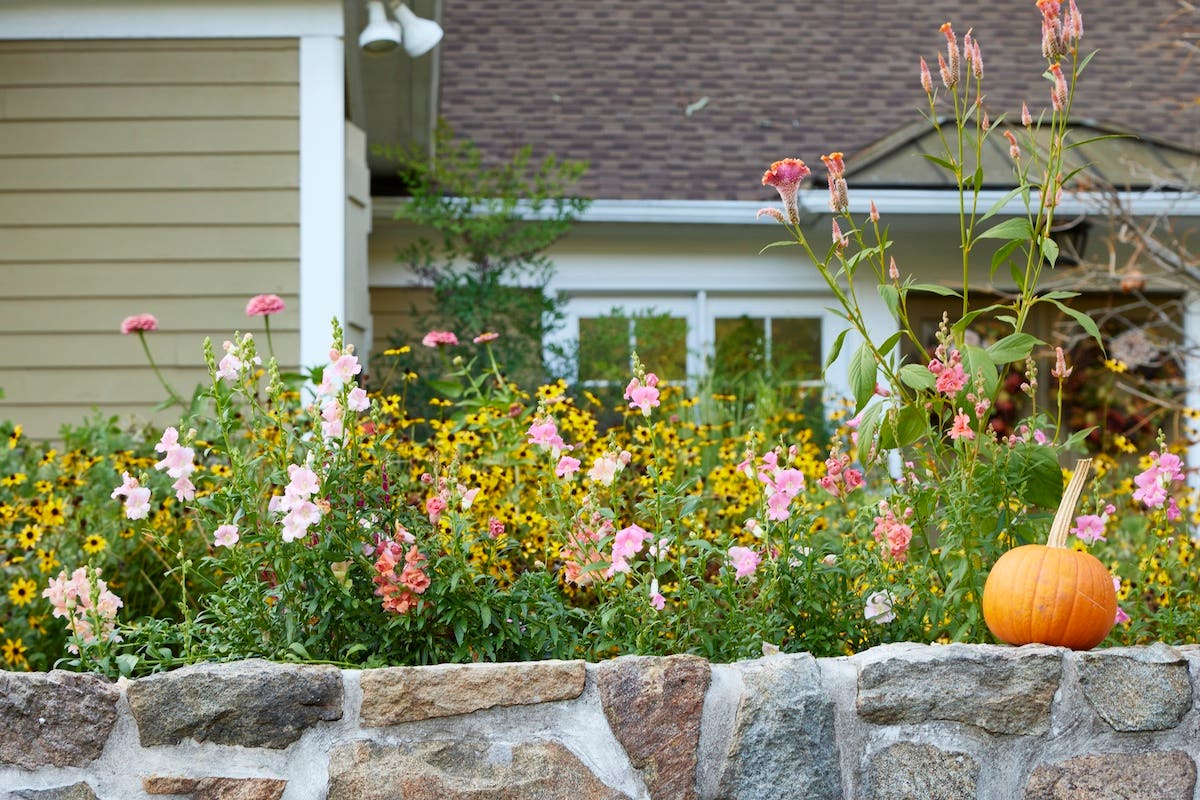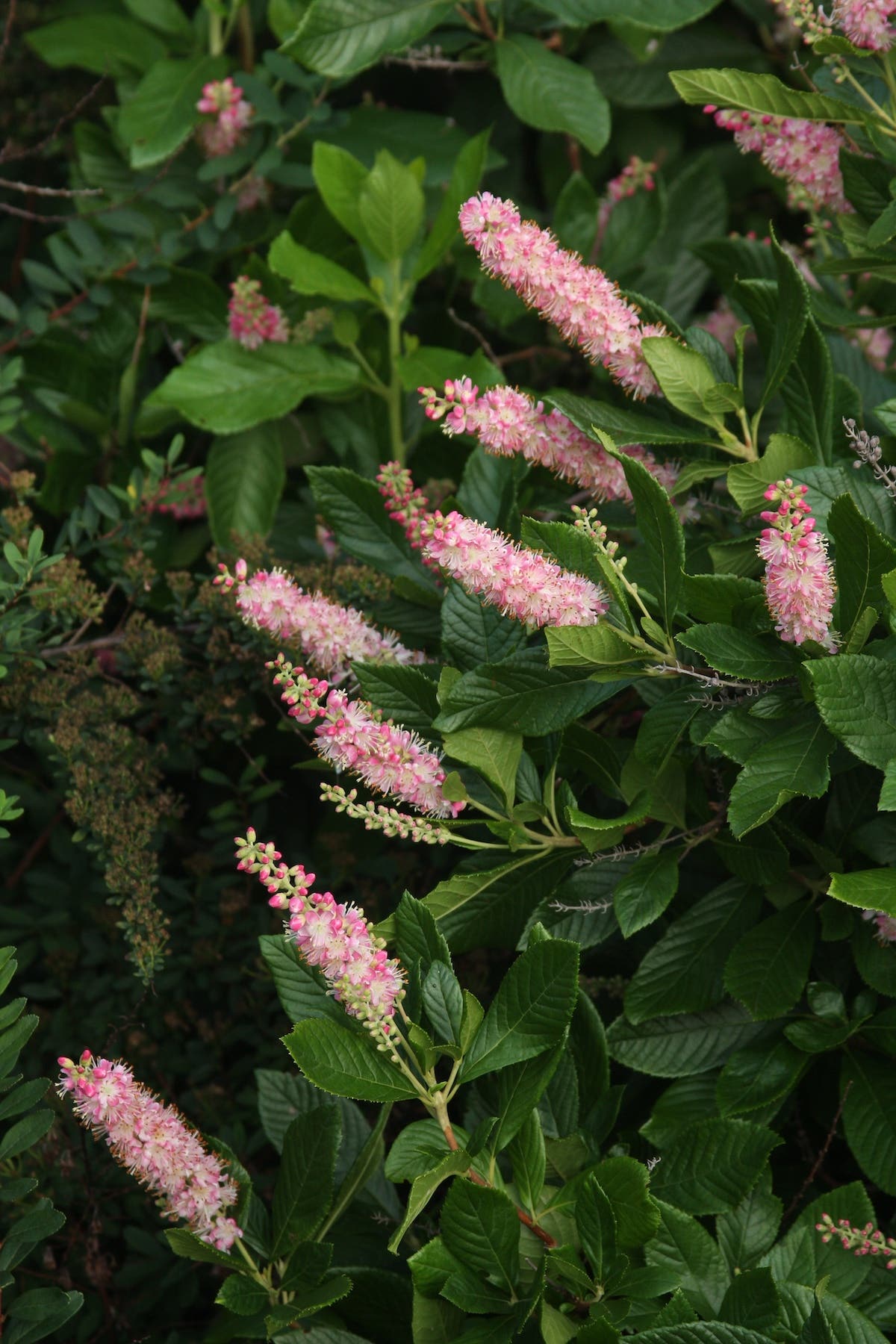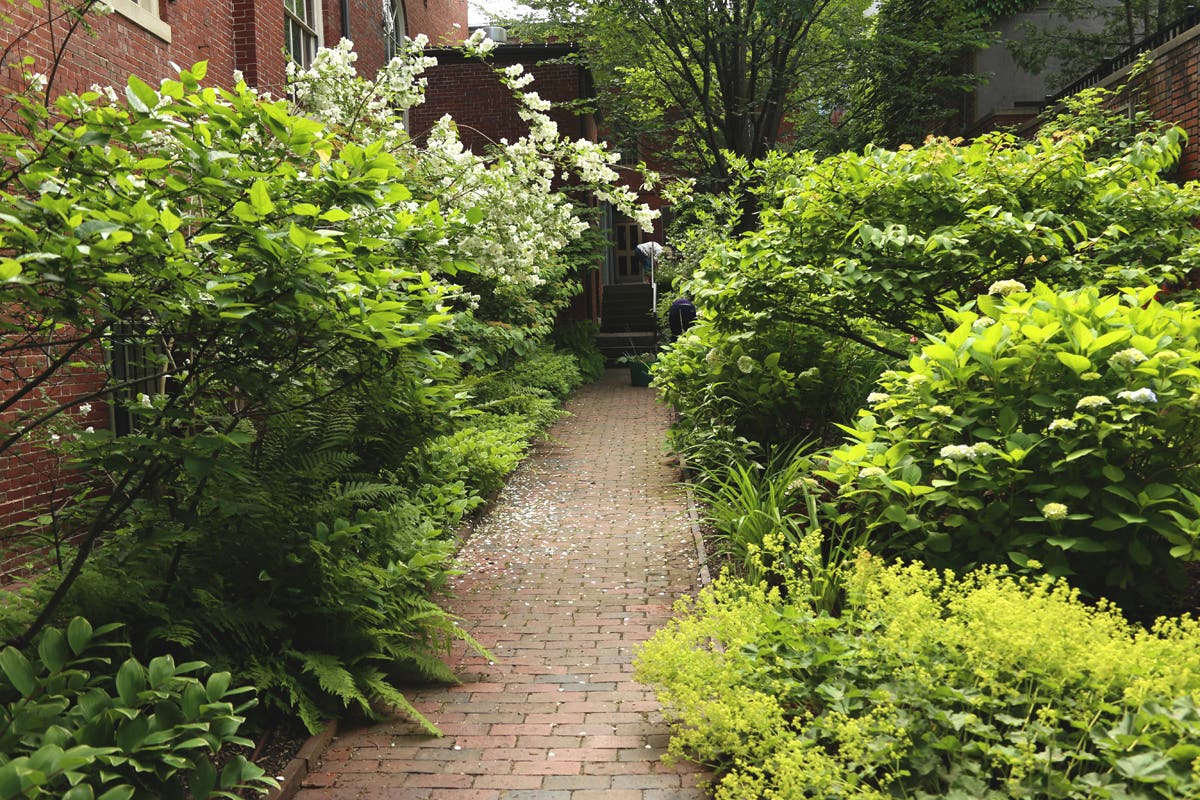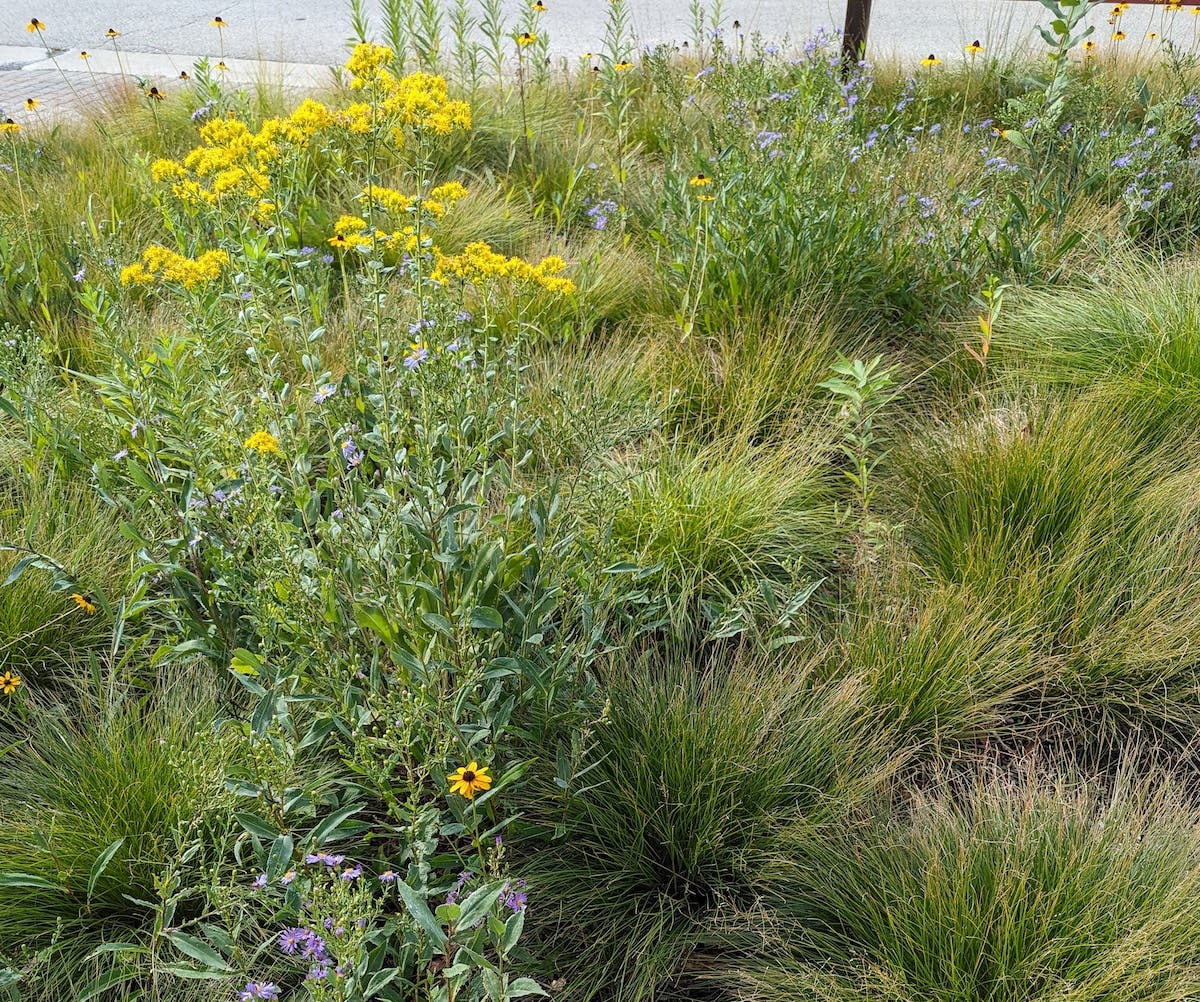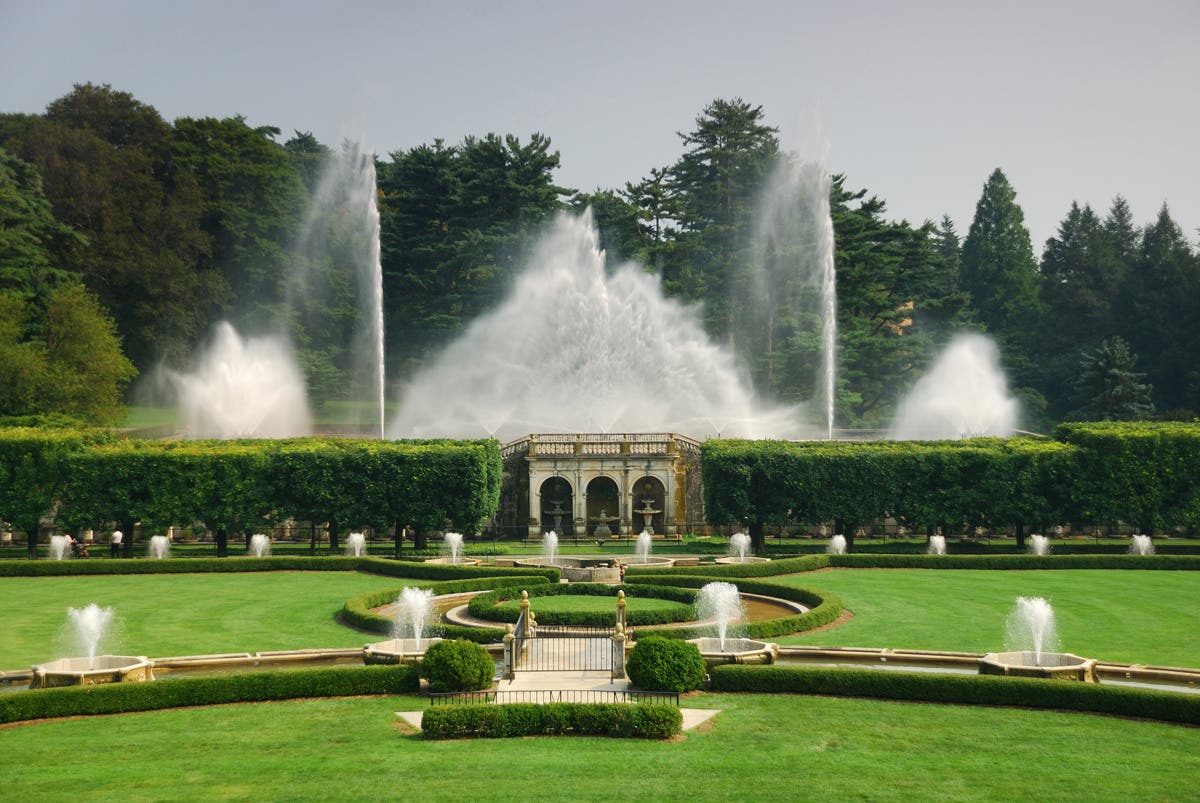Passersby peer over the fence. Neighbors look out of their kitchen window and into yours. Second-story decks loom next door, and there’s that ugly cell-phone tower two streets over.
Happily, hedges and planting screens can come to the rescue. There is something for every situation, whether it be privacy screening, spot coverage or a hedge. To select the right one, ask yourself this question: "What is it I don’t want to see, and where am I when I see it?"
Then, to select the best plants to use, keep three tips in mind:
- Choose a long-term solution, not a short-term fix that creates more trouble.
- Envision every season, and be sure your selections provide privacy when you need it.
- Take the time to choose plants you like, not just what works.
For more details on types of privacy plantings and suggested species, read on.
Hide a View with a Hedge
If your rear neighbors use their back yard as a parking lot, then an evergreen hedge the full length of your property may be just what’s needed.
One of the best plant choices for this situation is also one of the most overused: Emerald Green arborvitae (Thuja occidentalis ‘Smaragd’). Mostly trouble free, it can grow into a green wall that not only screens but also provides a backdrop for mixed plantings of colorful shrubs, perennials and bulbs.
The biggest problem with Emerald Green arborvitae is that while it may grow up to 15 feet high and 5 feet wide, it does not do so overnight. If you create your arborvitae hedge using one-foot-high plants set five feet apart, it will look like the slalom leg of an obstacle course for many years. Instead, set them out every three feet. (You'll still need some patience.) If you can afford it, begin with larger specimens, getting things off to a quicker start.
Broadleaf evergreens like rhododendron offer an alternate visual appeal. While a hedge of arborvitae can look like a green wall, non-coniferous evergreens bring more interesting shape and texture. Plus, their foliage tends to reflect the light, creating contrasting shades of green across the surface of the hedge.
Hide a View with Screening or Spot Coverage
A 40-foot hedge is overkill if what you want to hide (or be hidden from) does not run the length of your property. Neighbors’ windows, decks or that skinny apartment building that seemed to spring up overnight may be blocked out with just a few carefully placed plants.
The arborvitae ‘DeGroot’s Spire’ is a good choice here, growing 20 feet high and 3 feet wide. One ‘DeGroot’s Spire’ does the job if you want to disguise a utility pole or any other tall, narrow object. A cluster of three, five or seven plants can be used to hide a wider object or to shelter a small space to sit and enjoy the garden without onlookers.
Time of year is a factor when choosing the proper screen. If your patio is well used in spring and summer, planting a deciduous hedge makes fine sense. For a deciduous hedge, look to hornbeam (Carpinus betulus and C. japonica). Even the narrow hornbeam cultivars, C. b. ‘Fastigiata’ and ‘Frans Fontaine’, may grow wider than you need, spreading to 10 feet or more, but they take a summer clipping well.
3. Keep the View but Set a Boundary
One last consideration: Do you need to cover something up with a hedge, or do you just need to soften the edges? If you feel exposed when you sit on the front porch because there’s nothing but lawn between you and the sidewalk, imagine your garden with a buffer. A mixed row of low shrubs can act as a cushion. You can hold the world at arm’s length, and it’s a reason for more plants, every gardener’s wish.
Buffering solves issues in the back yard, too. Divide the patio from the children’s play area or surround the vegetable garden with a low hedge of flowering germander or dwarf boxwood. With these you keep the entire back yard in view, yet feel as if it’s divided up into reasonable and usable parts.
There’s no need to go over the top when you feel the need for privacy. Instead, identify the exact problem and find the right plants to solve it. The result will be an answer that suits both you and your garden design.
Adapted from an article that first appeared in Horticulture September/October 2017.


